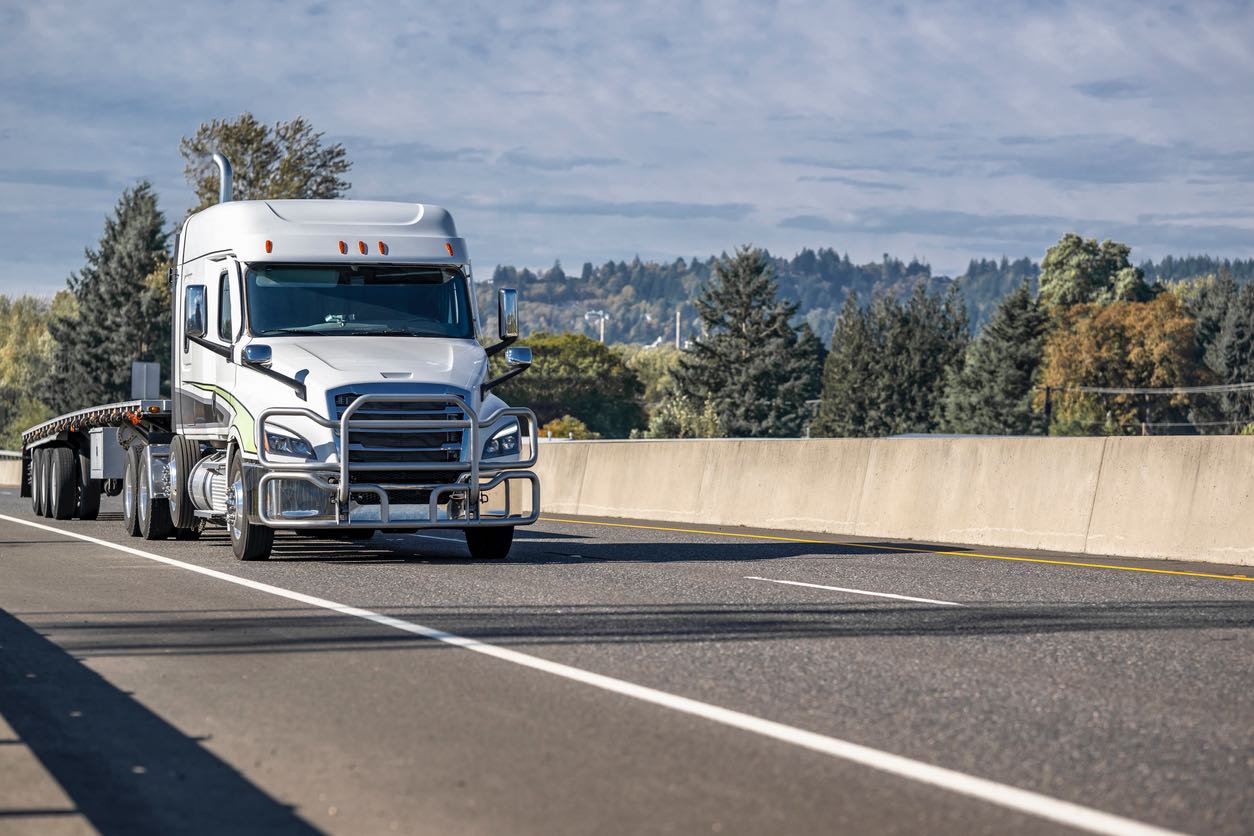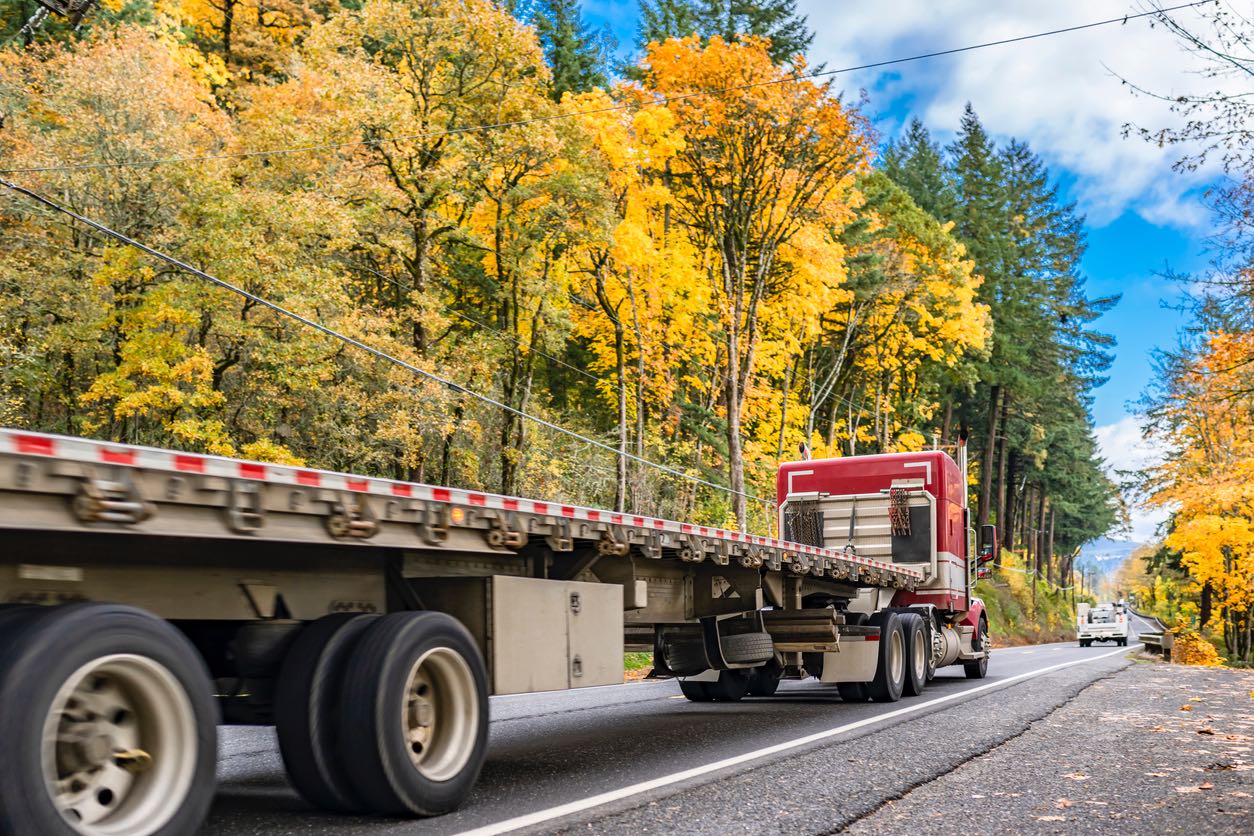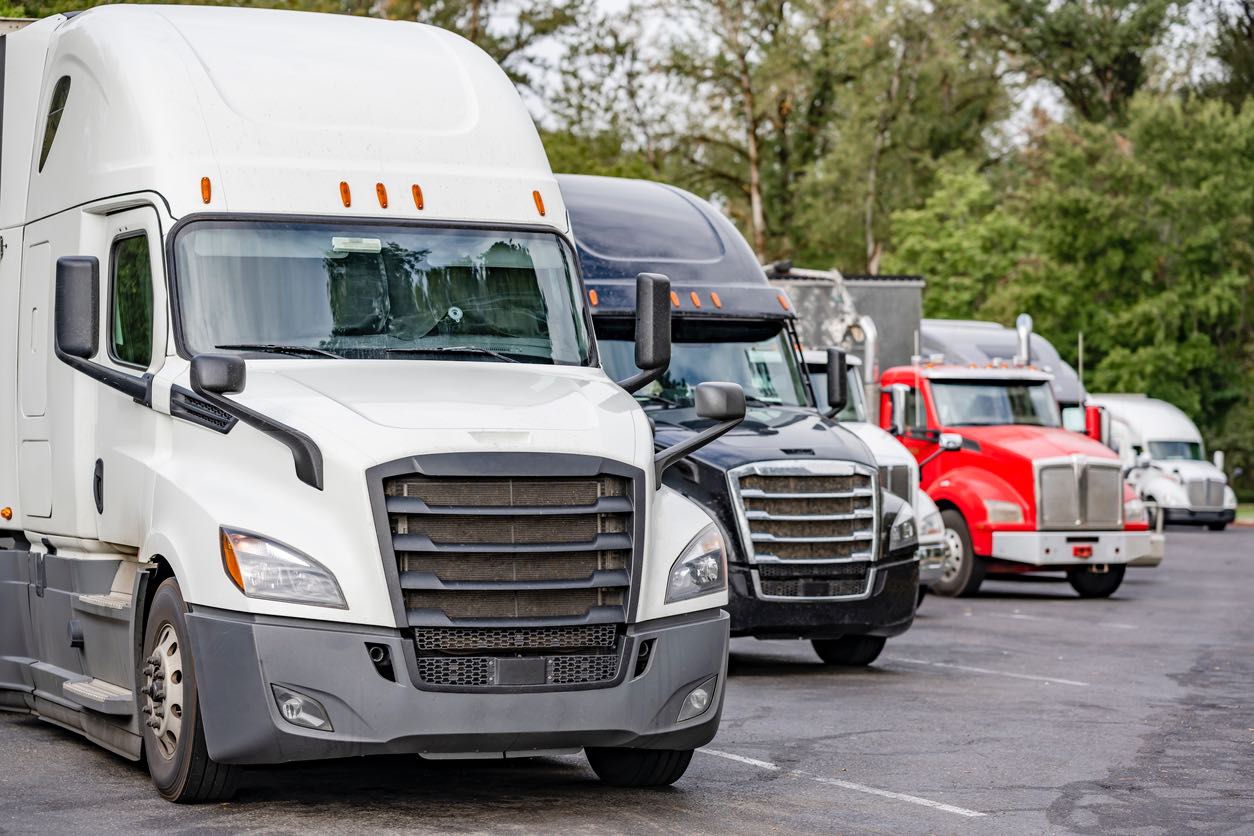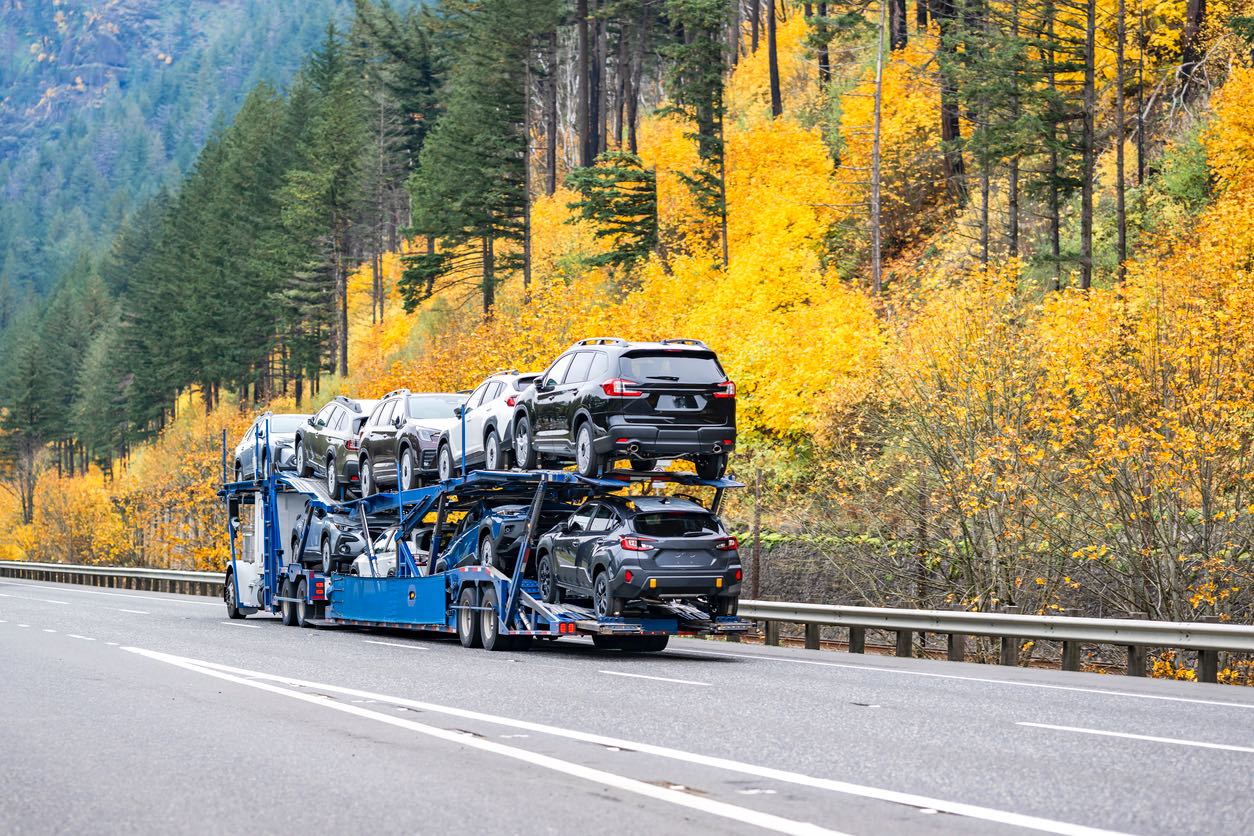Introduction: Embracing the Ease of Auto Transport
Traversing state-to-state car transportation services is like setting off on a strategic expedition; it takes a combination of intelligence, preparation, and wise decision-making. This guide is like a map that’s guiding you toward smooth, stress-free vehicle shipping. We’re not merely transporting your car—rather, we’re transferring an aspect of your everyday existence from one state to another. With the right support and knowledge, this transition—which is sometimes seen as difficult and intimidating—can become a simple and easy experience.
We go into the finer points of vehicle transportation around the United States in this comprehensive examination. Our mission is to give you practical knowledge and professional advice so that your car’s journey across state lines is not only safe but also economical and easy. Knowing the nuances of state-to-state auto shipping is essential whether you’re moving for employment, delivering a car to a relative, or bringing a prized possession to a car show. By the time you finish reading this article, you’ll know exactly where to go and how to get there. You’ll also be armed with the knowledge you need to plan the next big adventure for your car.

Exploring Various Modes of Car Transport:
There are several ways to transport your car across states, each with unique benefits and things to think about. For example, hiring a driver gives you door-to-door service convenience, but it also increases the risk of increased mileage and possible vehicle wear and tear. Even while it seems simple, this choice involves giving someone else long-term control over your car, which isn’t always the best decision for expensive or delicate vehicles.
On the other hand, using U-Haul services offers a do-it-yourself method that lets you tow your car along with your belongings. This approach makes transferring the car a one-trip deal by incorporating the transportation of your vehicle into the process itself. The logistical and physical difficulties of towing must be taken into account, particularly when traveling large distances. It requires skill to maneuver a heavy trailer, and the tension of moving is increased.
When it comes to commercial transport choices, both open and enclosed carriers provide expert solutions at different price points and degrees of security. The most popular and economical option, open carriers, exposes cars to weather and road debris but provides quicker and more frequent service routes. On the other hand, enclosed carriers are a better option for luxury, antique, or rare vehicles since they offer protection from outside threats despite being more costly. With additional security and protection from the elements and poor driving conditions, this option provides a sense of added security.
Finally, rail transportation, a less popular but practical choice, provides an affordable option, particularly for long-distance transports – however there is only one route available for individuals and it is on the East Coast. It works especially well when shipping several cars at once. In contrast to road transportation, it necessitates greater planning for drop-off and pick-up sites and could have less flexible routes.
In a nutshell there are a number of considerations to take into account when choosing the best form of car transport, such as your vehicle’s worth and condition, your financial situation, and your own security and convenience preferences. You may choose the option for state-to-state car transportation services that best meets your needs by considering the advantages and disadvantages of each one.

Determining Transport Expenses:
Depending on the distance, the kind of carrier, the size and weight of the vehicle, and the season, the cost of transporting an automobile from one state to another might vary greatly. Comprehending these variables will facilitate efficient budgeting. For example, the cost per mile is usually lower when shipping a vehicle across longer distances, but the total cost might still be high because of the increased mileage. Additionally, your budget may be greatly impacted by the decision between an enclosed carrier, which provides better protection but is more expensive, and an open carrier, which is more economical. Luxury, vintage or brand new automobiles are frequently better off with enclosed transportation, which may cost up to 20 – 30% more than open transportation.
The weight and size of your car also have a significant impact on the price. Trucks and SUVs are examples of larger, heavier vehicles that require more room and weight capacity on the transport carrier, which results in more expensive rates. This is due to the fact that they restrict the quantity of cars that may be transported concurrently, which lowers the carrier’s total efficacy. In addition, the season has a significant impact on prices. Peak times for car shipping services include the summer and the first few months of the winter, when demand is at its highest and rates may rise accordingly. On the other hand, because there will be less demand, scheduling your car’s transportation during the off-peak season may result in more affordable prices and even faster service.
You may locate a vehicle transportation service that not only suits your demands but also falls within your price range by being better aware about these factors. It’s critical to strike a balance between price and the degree of service and security you want for your car in order to have a smooth and stress-free travel experience.

Preparing for the Transport Journey by Navigating the Essentials:
To guarantee a seamless and stress-free experience, a state-to-state car transport takes careful planning. Getting quotations from a few car transportation companies is an important first step. This helps you choose the solution that best fits your demands and budget by comparing them and providing you with an approximate idea of the prices involved. It’s crucial to give precise information about your vehicle, including the make, model, year, and condition, as well as the precise locations for pick-up and drop-off, when requesting prices. This attention to detail guarantees that you will get the most competitive and accurate quotations. You may also make an informed selection by learning more about the broker’s and carrier’s service quality and dependability by looking into customer reviews and their track record. Make sure to only sign a contract for car shipping with one broker to avoid a price bidding war.
The next important step is to get the vehicle ready for the trip after choosing a suitable car shipping broker and carrier. It is advised that you give your car a complete check before shipping. Taking pictures or videos of the vehicle to document its present condition as well as any previous damage gives a clear record for comparison whenever it is delivered. It’s crucial to make sure your automobile is in good operating condition and has no leaks or technical problems. This involves checking the fluid levels, battery charge, and tire pressure. According to Federal Motor Carrier Safety Administration standards, it is imperative that any personal goods be removed from the vehicle in order to prevent theft or damage during transportation. To protect the safety of the vehicle throughout its journey, it is advisable to secure or remove any loose pieces or custom extras, such as antennae or spoilers, to reduce the likelihood of damage.
By following this painstakingly organized and carried out process, you not only ensure the security of your car but also create the conditions for a smooth and effective transportation experience. A successful and worry-free state-to-state transportation experience is made possible by your attention to detail throughout the preparation phase, which shows how much you value and care for your vehicle.

Navigating Regional Variations:
Auto transport might provide particular difficulties depending on the state. It’s important to take into account the unique geographic and regulatory features that each state presents while preparing to move your car over state lines. For example, because to larger traffic volume, shipping cars to and from places like California or New York that have significant port cities may provide more carrier alternatives and possibly lower rates. On the other hand, delivering to places like North Dakota or Montana, which are less accessible or visited, may result in higher transportation prices and longer delivery times. States that experience extreme weather, like Minnesota‘s icy winter roads or Arizona‘s intense summer heat, can also have an effect on transportation. These variables not only impact the price but also the mode of transportation; in inclement weather, covered carriers may be the better option in order to safeguard the vehicle.
Adapting to State Regulations and Logistics:
Every state has its own laws and logistical difficulties that may affect the shipment of vehicles. It’s essential to be aware of any specific state regulations that might affect the transportation process. For instance, several states impose stringent regulations on the kinds of carriers that are permitted to operate on their roadways or impose certain standards for vehicle inspections upon arrival. Large carriers may also have difficulties in densely populated cities like Los Angeles or Chicago, which calls for more careful planning of pick-up and drop-off locations. Knowing these state-specific nuances helps choose the most economical and effective mode of transportation while also ensuring compliance. Understanding these local quirks will greatly improve your auto shipping experience and guarantee a seamless, stress-free move from one state to the next.

Making an Informed Choice:
Selecting the best mode of transportation for your car is essential. The choice strikes a balance between price, practicality, and security. Here, we examine the benefits and drawbacks of each approach, giving you the knowledge you need to choose the one that best suits your circumstances.
Hiring a Driver:
If you want a more customized experience, you can think about hiring a driver. Although you may have the car delivered right to your house with this, there are potential risks involved. Leaving your car with a stranger is the main worry since there is a chance that the driver lacks experience and the extra distance traveled will cause wear and tear to the vehicle. Although it may appear easy, this alternative may also result in unforeseen expenses like food, hotel for the driver, and maybe even maintenance for the car while traveling.
U-Haul Towing:
Towing your vehicle sounds like a sensible option for people who have already rented a U-Haul for their move. With this strategy, you may move more items and move conveniently by including car transport into your moving process. It is necessary to take into account the additional driving difficulty that comes with towing a car, particularly when traveling large distances. This option’s usefulness is further limited in that it isn’t feasible if you’re utilizing a professional moving company for your possessions.
Enclosed vs. Open Carriers:
Your automobile is protected from the elements and road debris like never before with enclosed carriers. For brand new, premium, vintage, or extremely costly cars where preservation is a top concern, this solution is perfect. The drawback is the price; open carriers are usually less expensive than enclosed carriers. Conversely, open carriers are the least expensive option, most accessible, and have faster shipment times. This option is less appropriate for high-end automobiles since it comes with trade-offs, including exposure to environmental variables and potential small damages from flying road debris.
Rail Transport:
Rail transit is an interesting choice for individuals who are thinking about cost-effectiveness and environmental impact. It’s very useful when moving across large distances and moving several cars at once – mostly only available for commercial clients shipping many vehicles. But, it necessitates extra preparation for the sites of drop-off and pick-up, and you could still have to choose between open and covered train transportation alternatives. Note: If you and your car need to travel from the Washington, DC, region to a location just outside of Orlando, Florida, the Amtrak Auto Train runs nonstop and this is the only option in the US for individual car shipping via rail transit.
Every one of these approaches has an own set of benefits and drawbacks. A number of variables, such as the distance to be traveled, the kind of car that is being transported, your budget, and your own preferences regarding vehicle safety, will influence your decision. By being aware of these subtleties, you can choose the auto transportation option that best meets your requirements and makes the transportation of your car stress-free and effective.

Navigating the Process with Ease:
Setting off on a car shipping journey can be seamless with the right knowledge and preparation. First and foremost, picking a trustworthy transport provider is essential. Seek out state to state car transportation service providers who have a solid track record, honest communication, and outstanding ratings. Make sure they have insurance and a license so you can feel secure during the entire shipping process. Make sure you understand every part of the service agreement, such as the terms regarding cancellation, delivery and pickup schedules, and any additional costs. Having a thorough grasp of these elements can guarantee a seamless experience and help to avoid unpleasant surprises.
Preparing Your Vehicle for Transport:
An important factor in the transportation process is the state of your vehicle. Make sure your car is in good condition before shipping. Take pictures of it now and note any damage that is there. Take out all of your personal belongings and any customized accessories that could get misplaced or broken in transportation. To save weight, it’s also a good idea to just have a quarter of a tank of gas in your vehicle. Do not forget that shipping costs decrease with vehicle weight. Last but not least, make sure your automobile is functioning; if not, notify the transport company in advance as this may impact loading processes and expenses. By taking these preventative measures, you can ensure that your car is secure and worry-free during the transportation process.

Starting a car transportation journey from one state to another might be intimidating, but with the correct information and planning, it can become a stress-free and easy experience. This article has given a thorough rundown of the several kinds of transportation that are accessible, the variables that affect the price, and the essential preparatory procedures. Whether you’re transporting a beloved historic automobile or are just moving, being aware of these factors can make sure your car travels smoothly and securely. Important factors to consider in your decision-making process include the choice between open and enclosed carriers, economic issues such as vehicle size and distance, and state-specific challenges.
In addition, a major factor in deciding the price and accessibility of services is when you relocate. Organizing your transportation at off-peak times can result in significant cost savings and greater schedule flexibility. Additionally, you can travel with peace of mind knowing that your car is in good hands when you choose a reliable and knowledgeable car shipping company like Ship A Car, Inc. This guide is intended to provide you with the knowledge and assurance to make wise decisions about the transportation of your vehicle, ensuring a smooth and successful experience. You’ll be well-equipped for navigating the roads of convenience and make your state-to-state car transportation an experience to remember if you keep this information and advice in mind.

Why Choose Ship A Car, Inc. for Your Auto Transport Needs
Ship A Car, Inc. (SAC) is a prominent player in the state-to-state vehicle shipping industry, having established a superior standard for dependability, effectiveness, and customer service. With a track record of smoothly delivering cars across the nation, SAC has made a name for itself as the preferred option for both people and companies. Their dedication to providing a stress-free experience starts with the first call and is visible in every encounter. Call (866) 821-4555 to speak with SAC about getting a free, no-obligation quotation that covers every facet of your vehicle shipping requirements.
However, SAC’s brilliance extends beyond declarations and assurances. They are the epitome of reliability and ease in the vehicle transport sector. SAC ensures that clients may make educated decisions free from surprises or hidden charges by providing prompt, precise estimates through the use of an innovative quick auto transport calculator. This tool is a perfect example of SAC’s commitment to efficiency and openness, two qualities that have helped them establish their prestigious reputation. Furthermore, your automobile will be carried and cared for every mile of the way thanks to SAC’s vast network of knowledgeable drivers and cutting-edge carriers. Whether you’re moving, purchasing a new automobile, or bringing a car to a show, SAC recognizes the importance of your car and handles it with the highest care and expertise.
SAC ensures a transportation solution that is not only affordable but also customized to fit the specific demands of each customer by utilizing their vast industry experience and resources. When it comes to providing trustworthy state-to-state car transportation services, SAC stands out due to their individualized approach and unshakable dedication to timely pickup and delivery.
Q: What is the most cost-effective way to transport a car to another state?
A: The distance traveled, the size of the vehicle, and the needs you have all play a role in determining how cost-effective automotive transportation is. Carriers that are open are often more cost-effective than those that are enclosed. Also, don’t forget to ask if there are any discounts available.
Q: How long does it take to transport a car from one state to another?
A: Both the distance traveled and the mode of transportation will determine the time frame. A typical day for a driver consists of around 500 – 600 miles traveled.
Q: Can I transport personal items in my car during state-to-state shipping?
A: Per the restrictions of the FMCSA, you are not permitted to keep any personal items in your vehicle while it is being transported. Nevertheless, any objects that are a component of the automobile, such as a spare tire or tools, are allowed to be brought in. If your personal possessions weigh less than 100 pounds, some carriers do let you store them in the trunk of your car; however, you should talk to your auto shipping broker beforehand.




